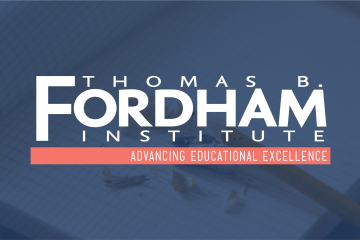Today, Governor Mike DeWine released his biennial budget proposal, outlining his commitment to Ohio’s students through continued investment in key education areas including statewide literacy improvements, high-quality charter schools, and career and technical education. These measures are critical to ensuring that every student—regardless of zip code—has access to a high-caliber education that prepares them for success in college, careers, and beyond.
“Governor DeWine’s budget reinforces once again the importance he places on ensuring that every student reaches his or her potential,” said Chad Aldis, Vice President for Ohio Policy at the Thomas B. Fordham Institute. “By continuing Ohio’s bold literacy reforms, sustaining strong support for high-quality public charter schools, and expanding career and technical education, the governor is charting a path toward better opportunities for Ohio students.”
The proposal builds on Ohio’s recent efforts to implement the science of reading, a research-backed approach that has already shown promise in boosting literacy rates. It also strengthens career pathways for students by instituting a strong career planning requirement.
While the budget provides important investments in these key areas, the state’s school funding formula remains a lingering challenge. The Cupp-Patterson model, enacted in 2021, has proven both unsustainable and ineffective in key respects. These include a formula component that misallocates dollars intended to support low-income students, persistent use of “guarantees” to prop up districts losing enrollment, and elements that fail to control the inflationary costs of the formula. The legislature will need to confront these structural issues head-on to ensure that Ohio’s funding system is both fair and functional for all schools.
“High-quality schooling options and strong state investments in literacy and career education are crucial, but we cannot ignore the fact that our current school funding formula is not working as intended,” Aldis added. “Legislative leaders must take this opportunity to refine Ohio’s approach to funding education in a way that is both equitable and fiscally sustainable.”



